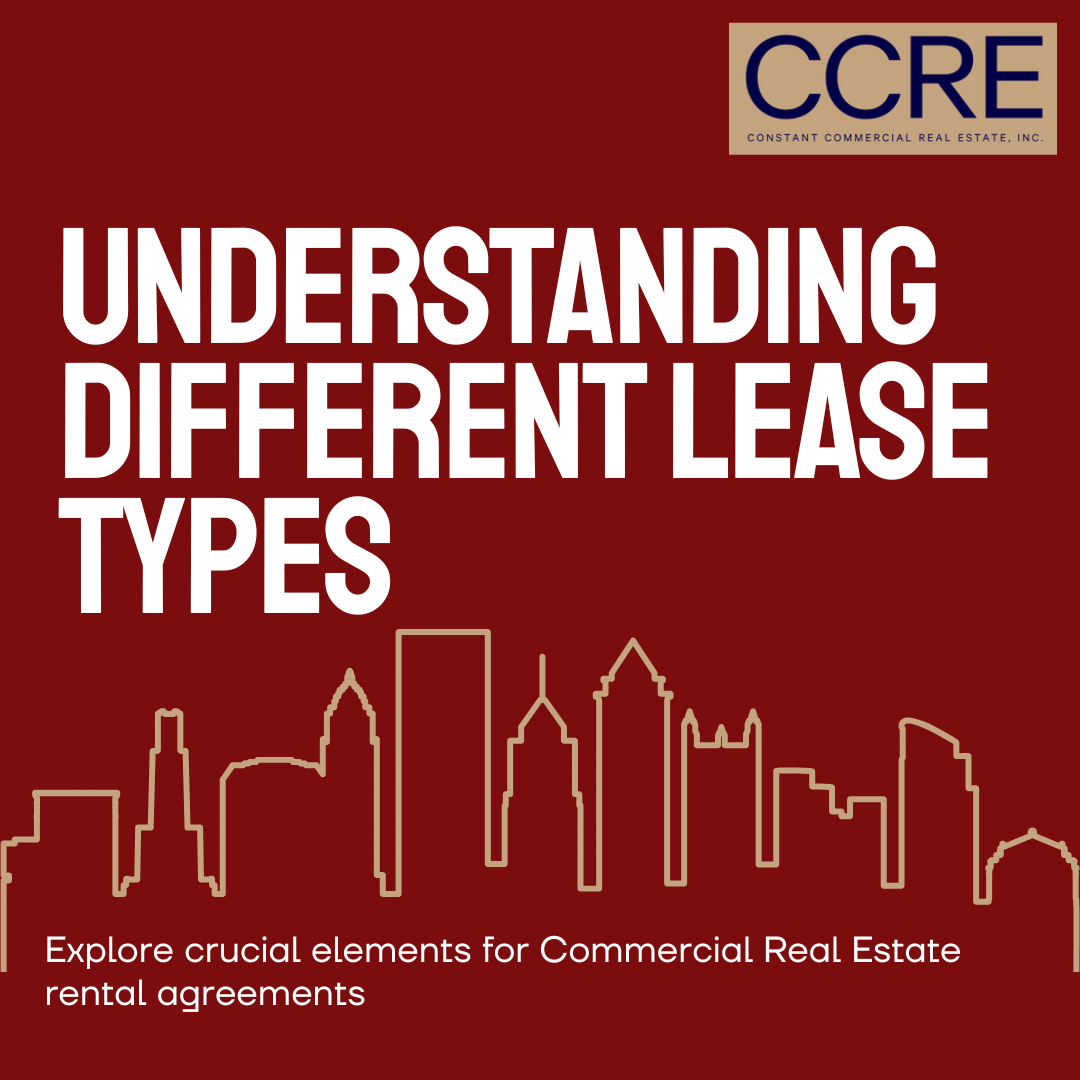November 5, 2024
Section 121 Exclusion: Rules, Eligibility, and Planning Strategies
1. What is the Section 121 Exclusion?
Section 121 of the Internal Revenue Code allows taxpayers to exclude capital gains on the sale of a personal residence. For many homeowners, this exclusion offers a significant tax savings, often entirely eliminating the tax liability associated with selling a home at a profit. It is particularly beneficial for homeowners in regions with high real estate appreciation, as it permits the exclusion of up to:
- $250,000 of capital gains for single filers, or
- $500,000 of capital gains for married couples filing jointly.
However, Section 121 is strictly for primary residences. Gains from the sale of *personal property* other than the residence—such as vehicles, boats, or furnishings—are not eligible for this exclusion and may be subject to different tax rules depending on the nature of the property and use.
2. Eligibility Requirements for the Section 121 Exclusion
To qualify for the Section 121 Exclusion, the property being sold must be the taxpayer's primary residence, and the taxpayer must meet specific ownership, use, and timing criteria:
- Ownership Requirement: The taxpayer must have owned the home for at least two years during the five-year period ending on the date of sale.
- Use Requirement: The taxpayer must have lived in the home as their principal residence for at least two of the five years preceding the sale. Importantly, the use does not need to be continuous. For example, a homeowner who lived in the property for a year, rented it out for two years, and then returned for a final year would satisfy the two-year use requirement.
- Frequency Limitation: The exclusion can only be used once every two years, meaning homeowners who frequently buy and sell homes may not be able to claim the exclusion each time.
3. Impact of Section 121 on Personal Property Sales
While Section 121 applies to the sale of a primary residence, it explicitly does not cover gains from personal property sold alongside the home. Any personal property included in the sale—such as appliances, furnishings, or fixtures that are not permanently attached to the structure—must be separately considered.
- Separately Priced Personal Property: If a seller includes personal property in the sale of the home and assigns a separate value to these items, that amount may be considered taxable as a separate transaction. For instance, if a seller includes a car, boat, or any other high-value item in the home sale, the gain from those items would not be eligible for the Section 121 Exclusion.
- Fixtures vs. Personal Property: Fixtures that are permanently attached and part of the home—such as cabinetry, lighting fixtures, and certain built-in appliances—are generally considered part of the real property. These items may be included in the sale without requiring a separate valuation. However, items that are not permanently affixed, such as standalone furniture or unattached appliances, remain personal property.
The distinction between real and personal property can affect both the sale price and the applicable tax implications, making it crucial to clarify the classification of all included items with a tax professional.
4. Calculating Excludable Gain
When selling a primary residence, the taxable gain is calculated by determining the difference between the home's adjusted basis and its selling price. The adjusted basis generally includes the initial purchase price plus any qualifying capital improvements made to the property.
- Capital Improvements: Qualifying improvements can increase the property's basis, which in turn lowers the amount of capital gains. Examples of capital improvements include adding a new roof, constructing an addition, or upgrading major systems like HVAC. However, repairs and maintenance do not qualify as capital improvements.
- Calculating Gain: Suppose a married couple bought a home 10 years ago for $300,000, invested $50,000 in improvements, and sold it for $700,000. Their adjusted basis is $350,000 ($300,000 + $50,000). The gain on the sale would be $350,000 ($700,000 - $350,000). Because the exclusion for married couples is up to $500,000, they would owe no capital gains tax on this sale.
5. Partial Exclusion in Certain Circumstances
In specific situations, taxpayers who do not meet the full two-year ownership or use requirements may still qualify for a *partial exclusion*. This can occur if the sale of the home was due to certain unforeseen circumstances, such as:
- A change in employment that required relocation,
- Health-related moves or the need for medical care, or
- Other unforeseen events deemed eligible by the IRS.
The partial exclusion is calculated proportionally, based on the time the homeowner met the ownership and use requirements.
6. Rental and Mixed-Use Properties
For homeowners who rented out their property for a portion of the ownership period, the Section 121 Exclusion may still be partially applicable, but there are additional considerations:
- Depreciation Recapture: For properties that were used for rental purposes, the IRS requires depreciation recapture on any portion of the gain attributable to depreciation taken during the rental period. Depreciation recapture is taxed at a maximum rate of 25%.
- Allocating Ownership and Use: If the property was used as a primary residence for at least two out of the five years before the sale, a prorated exclusion can apply. However, any gain attributable to the rental period beyond the five-year lookback window is typically ineligible for the exclusion.
7. Exclusion Planning Strategies
Maximizing the Section 121 Exclusion may require strategic planning, especially for those with high-value homes or those who own multiple properties. Here are a few strategies:
- Timing the Sale: Ensuring the property meets both the ownership and use requirements can be crucial, especially for homeowners with changing work or family circumstances. Staying in the home for at least two years may allow for full exclusion benefits.
- Converting a Rental to a Primary Residence: If a taxpayer converts a rental property into their primary residence and lives there for two out of the five years before the sale, they may qualify for a partial Section 121 Exclusion. However, depreciation recapture rules will still apply to the rental period.
- Separate Valuation of Personal Property: When including personal property in a home sale, it’s wise to negotiate a separate value for these items. By doing so, homeowners can clearly delineate gains from real property (eligible for exclusion) and gains from personal property (typically taxable).
8. Key Takeaways and Cautions
- The Section 121 Exclusion is an invaluable tax benefit, especially for primary residence sales in high-appreciation areas.
- Taxpayers should carefully review the eligibility requirements and exclusions for personal property.
- For mixed-use properties, depreciation recapture and rental period allocations must be factored into the calculation.
- It’s often advisable to consult a tax professional when dealing with complex real estate transactions, particularly those involving mixed use or additional personal property items.
The Section 121 Exclusion is a powerful tool in the U.S. tax code, designed to incentivize home ownership by providing tax relief on one of the largest financial assets many individuals and families hold—their homes. By understanding its provisions and planning ahead, homeowners can maximize the potential tax benefits, ensuring that their home sale provides both financial security and tax efficiency.
© Constant Commercial Real Estate Inc 2022. Disclaimer: This is for informational use only. Such information shall not be construed as legal, tax, investment, solicitation, recommendation, or endorsement. Users and viewers shall solely rely on their own knowledge. Any inputs in this analysis by Constant Commercial Real Estate Inc is deemed reliable, but is not guaranteed and should be independently verified. This is property of Constant Commercial Real Estate Inc and is not to be altered, sold or used for profit by unaffiliated persons.



